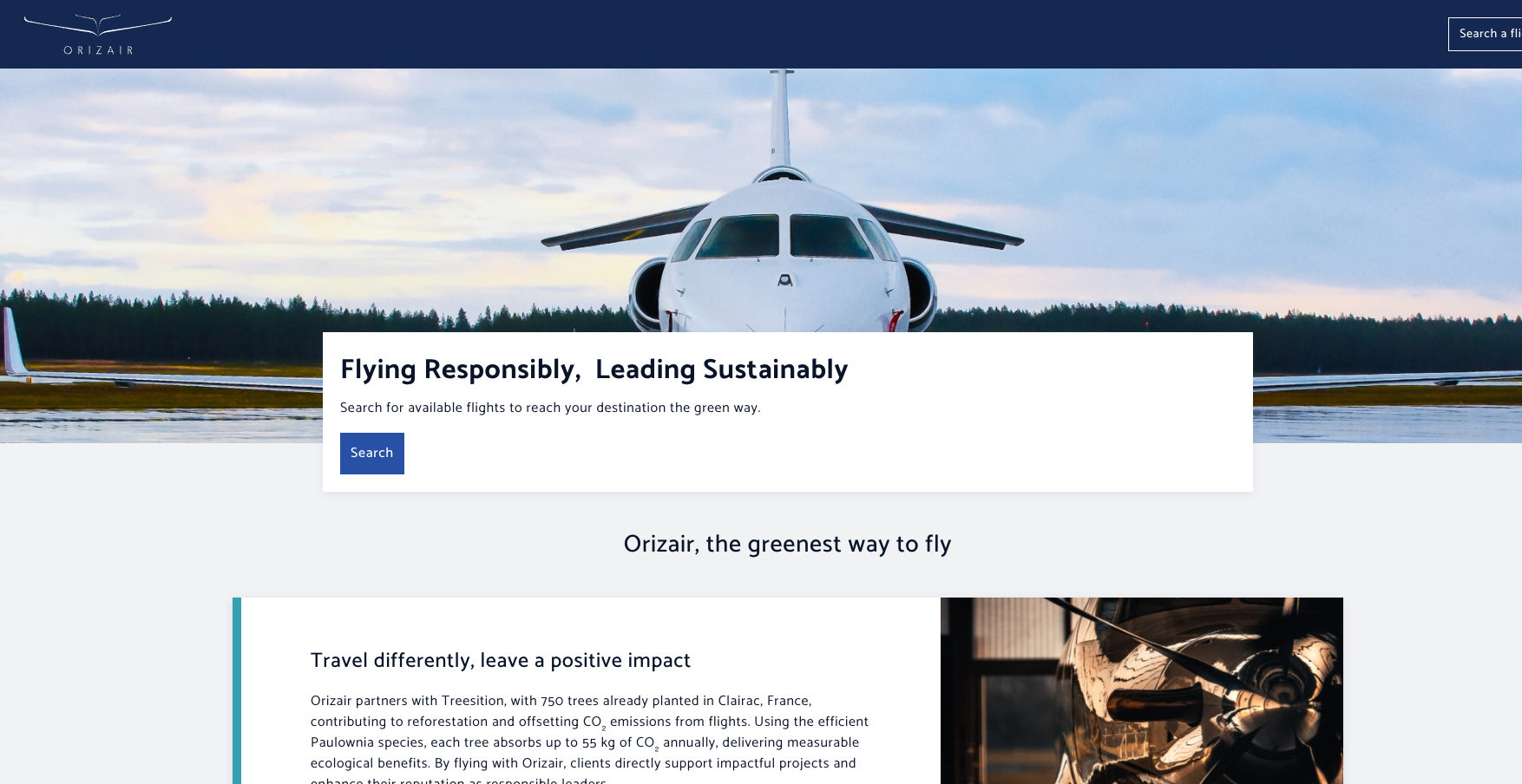
Innovations & the Future of Aviation
Orizair: Revolutionizing private jet travel for business leaders
June 16, 2025
All
Sustainable Travel
European Events
Innovations & the Future of Aviation
Private Jet
Insights & News
Experiences & Destinations
Empty legs

Innovations & the Future of Aviation
June 16, 2025

Experiences & Destinations
May 16, 2025

Insights & News
May 16, 2025

Insights & News
May 16, 2025

April 7, 2025
Insights & News
April 7, 2025

Insights & News
April 7, 2025

Sustainable Travel
March 18, 2025

Insights & News
March 18, 2025

Private Jet
March 11, 2025
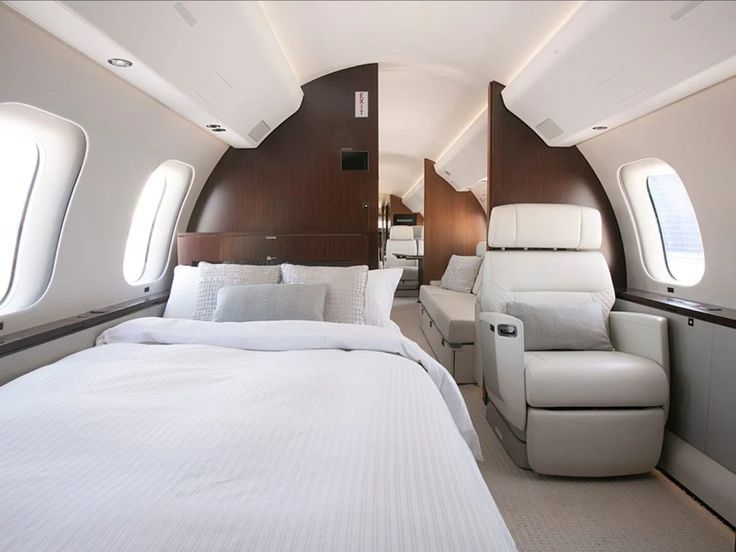
Experiences & Destinations
March 11, 2025
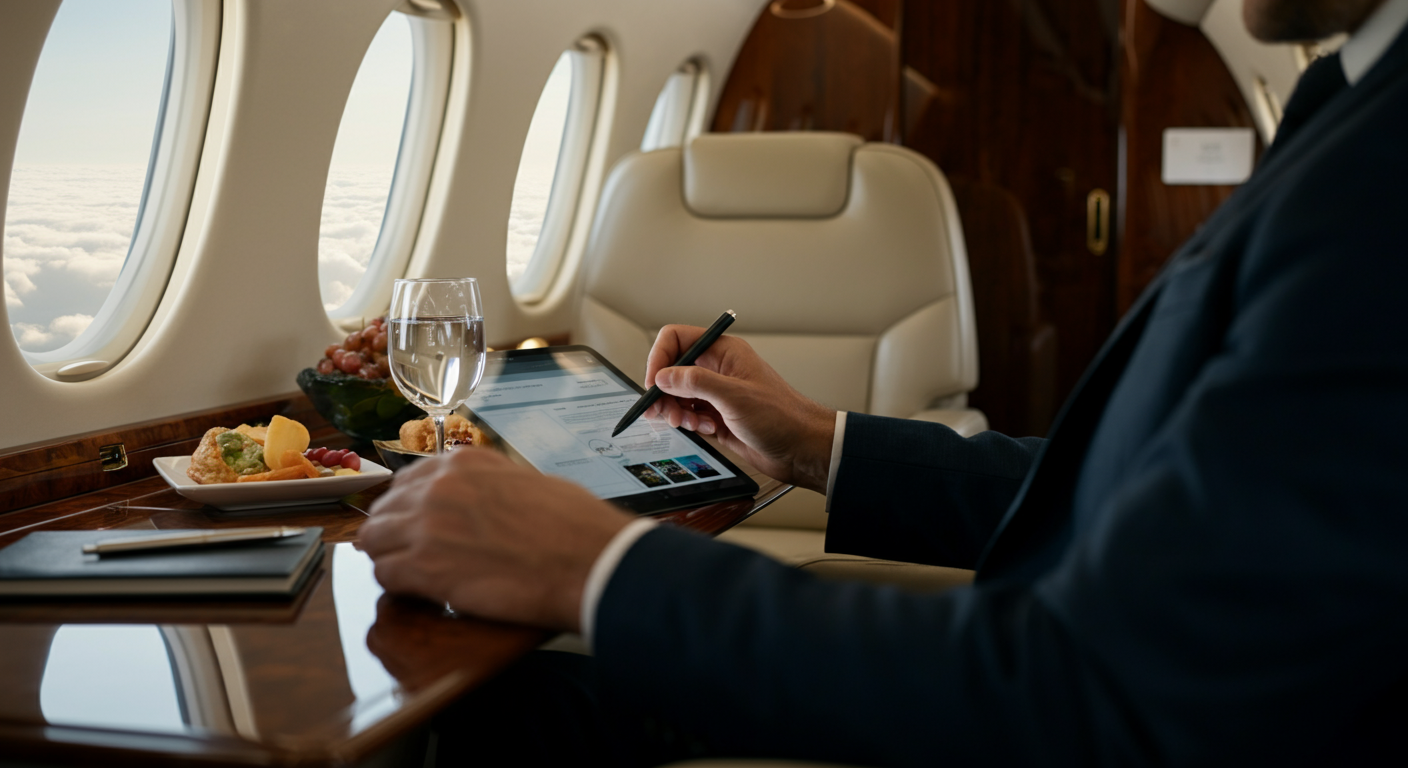
Experiences & Destinations
March 11, 2025

Experiences & Destinations
March 11, 2025

Insights & News
March 11, 2025

Insights & News
March 11, 2025

Empty legs
March 11, 2025
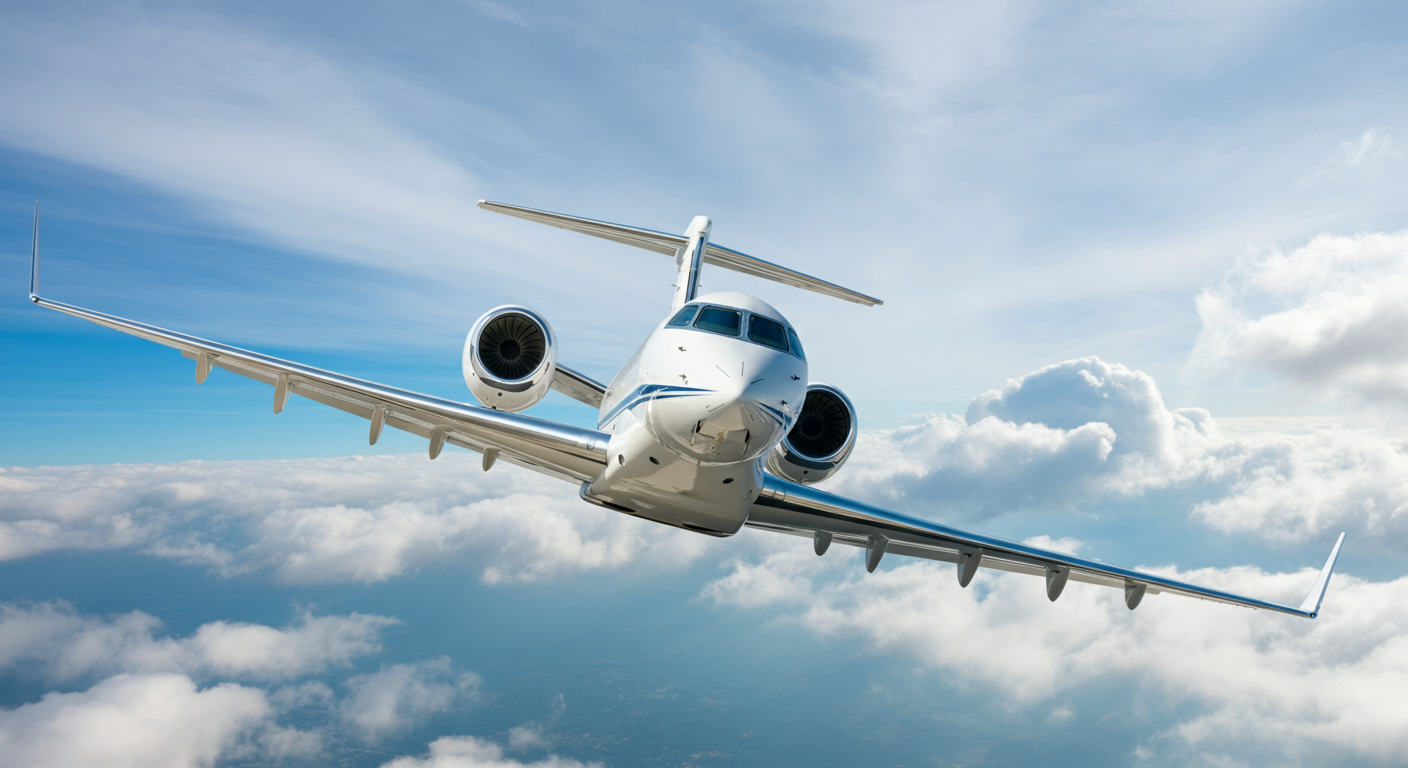
Experiences & Destinations
March 11, 2025

Private Jet
March 11, 2025

Insights & News
March 11, 2025

Insights & News
March 11, 2025

Insights & News
March 11, 2025

Insights & News
March 11, 2025

Insights & News
March 11, 2025

Insights & News
March 11, 2025

Insights & News
March 10, 2025

Experiences & Destinations
March 10, 2025

Insights & News
March 7, 2025

Experiences & Destinations
March 4, 2025

Insights & News
March 4, 2025
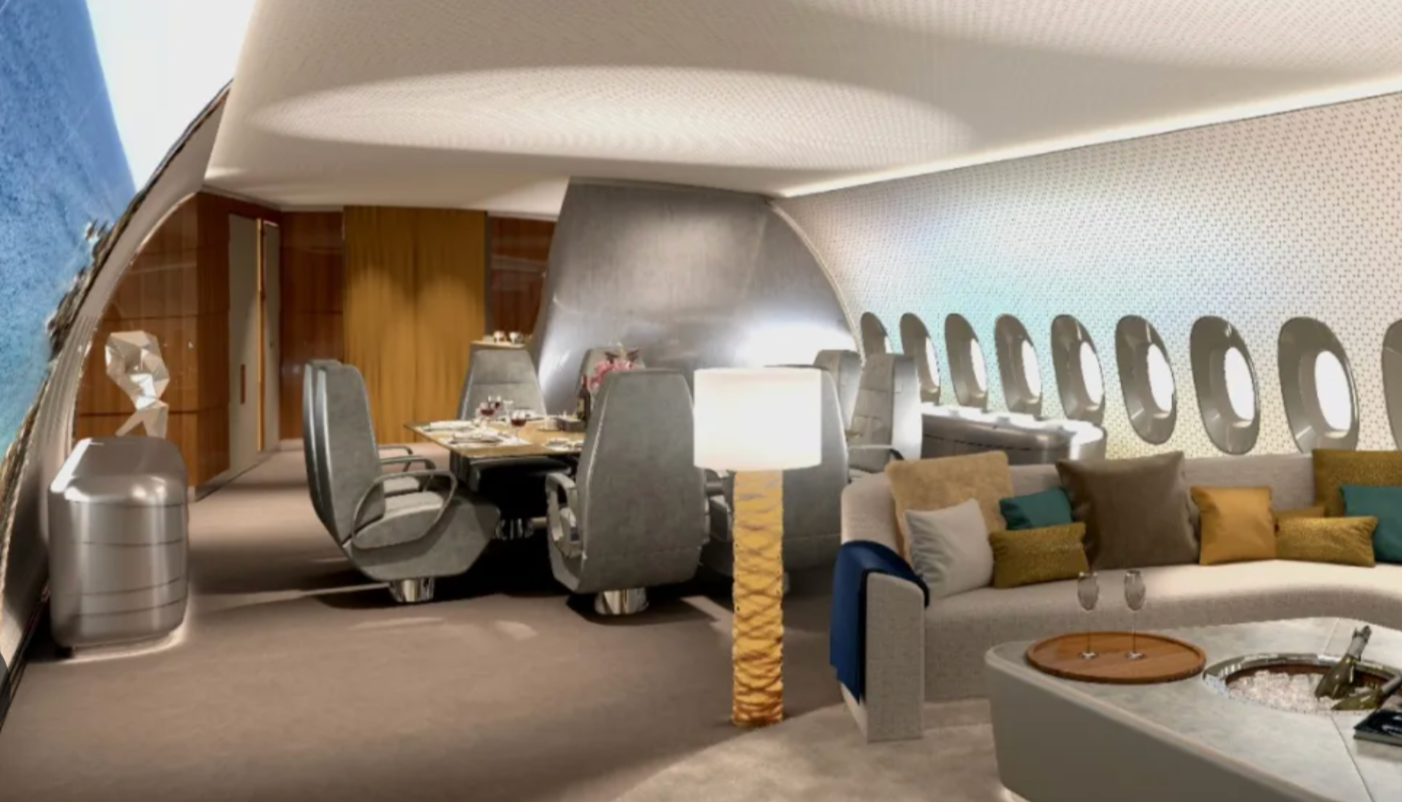
Experiences & Destinations
March 4, 2025

Experiences & Destinations
March 4, 2025

Insights & News
March 4, 2025

Insights & News
March 4, 2025
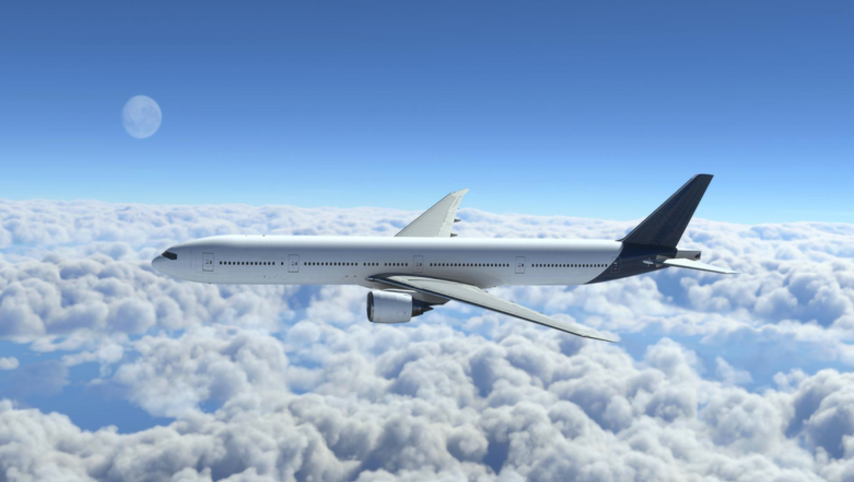
Insights & News
March 4, 2025

Experiences & Destinations
March 4, 2025

Experiences & Destinations
March 4, 2025
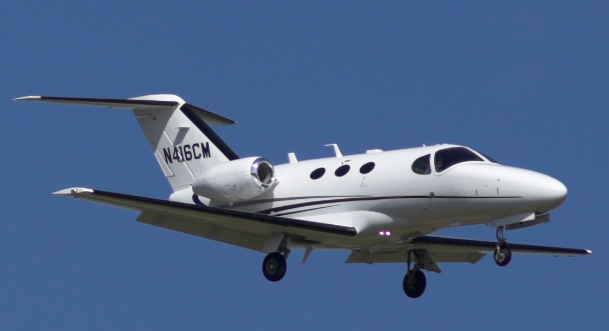
Sustainable Travel
March 4, 2025
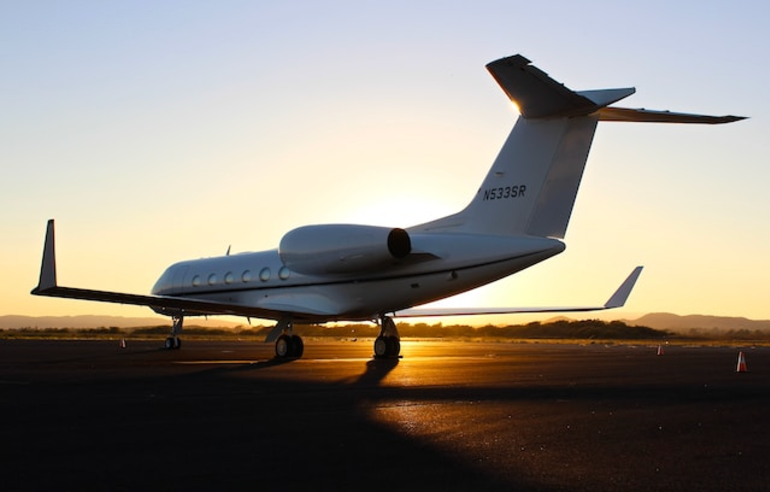
Experiences & Destinations
March 4, 2025

Experiences & Destinations
March 4, 2025

Experiences & Destinations
March 4, 2025

Insights & News
March 4, 2025

Insights & News
March 4, 2025
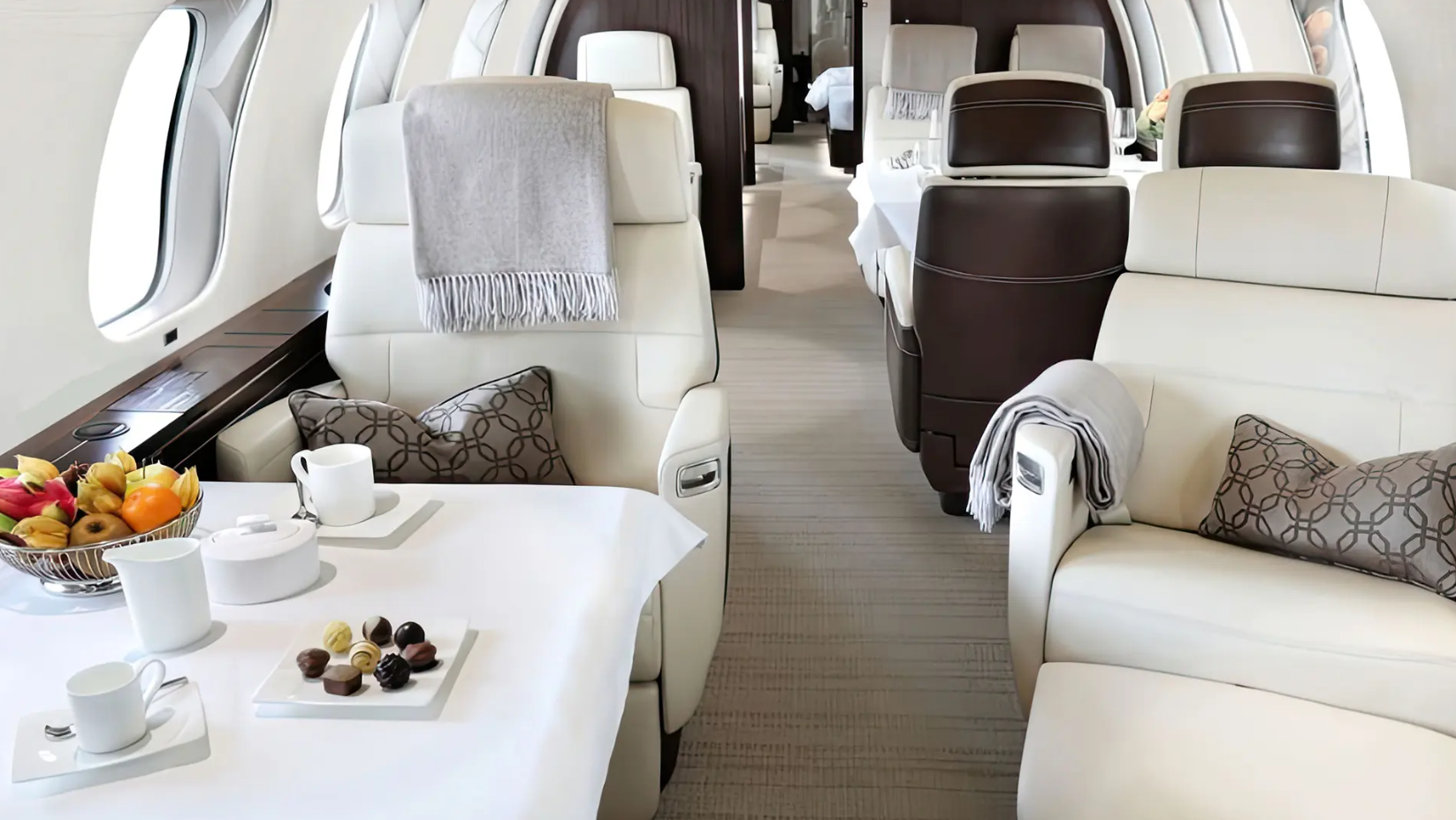
Sustainable Travel
March 4, 2025

Insights & News
March 4, 2025

Insights & News
March 4, 2025
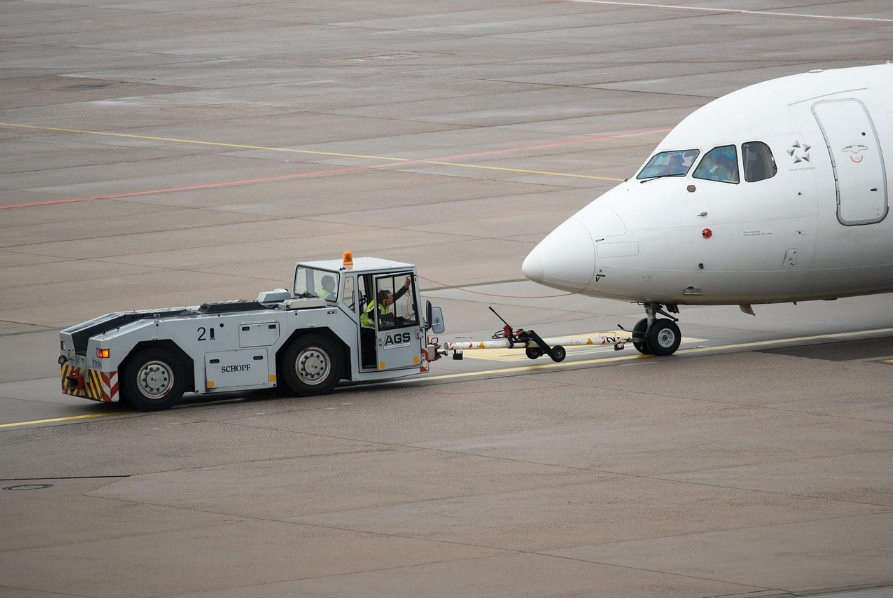
Experiences & Destinations
March 4, 2025
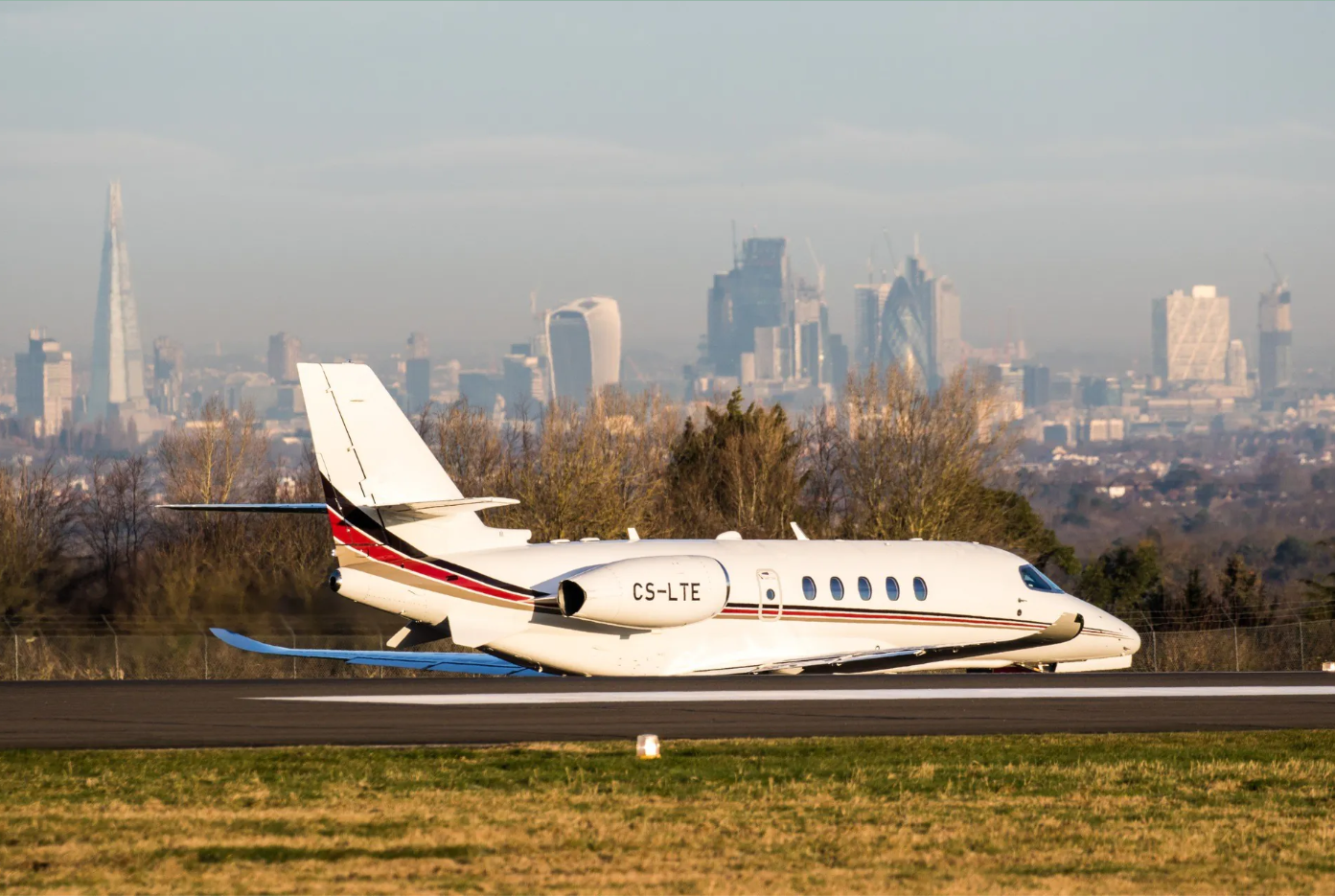
Experiences & Destinations
March 4, 2025

European Events
February 18, 2025
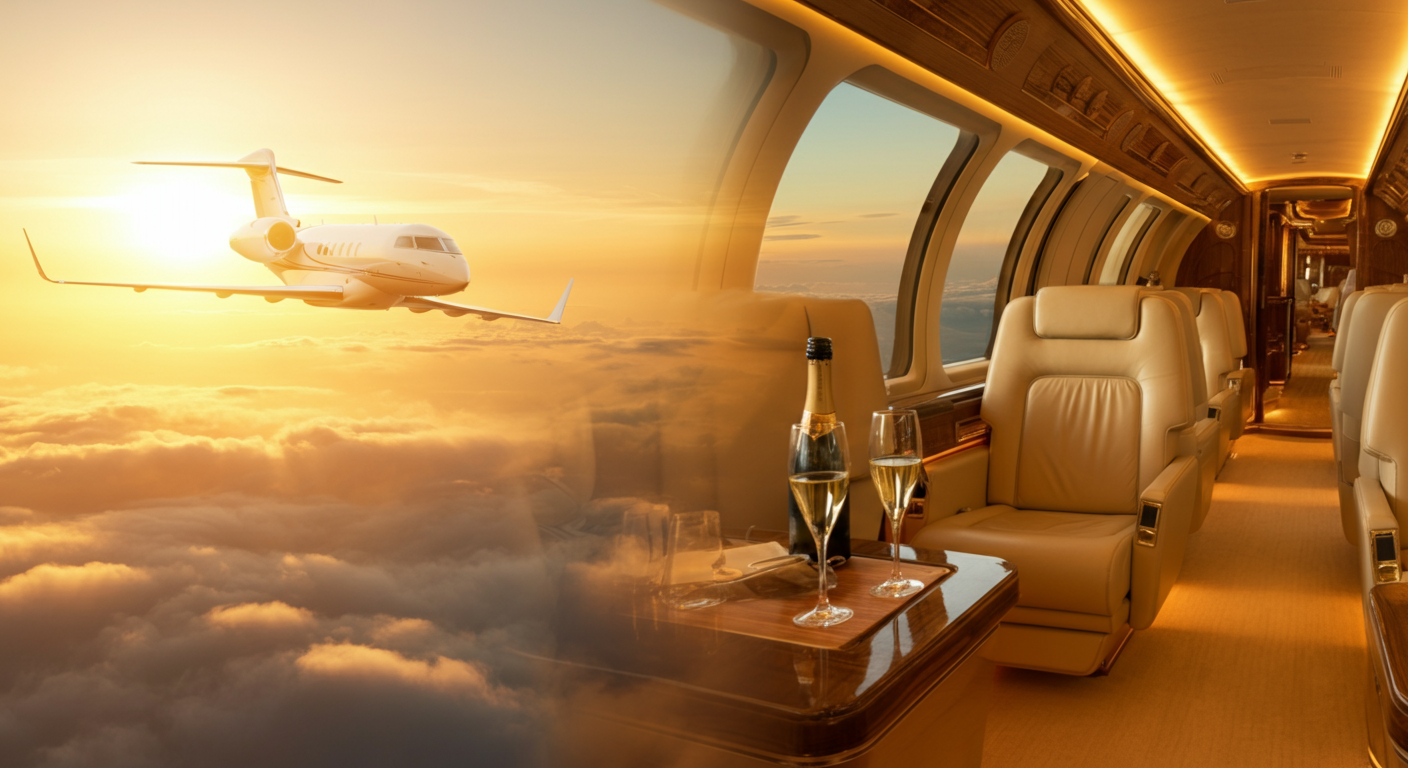
Private Jet
February 10, 2025

European Events
February 7, 2025

European Events
February 7, 2025

European Events
February 7, 2025

European Events
February 7, 2025

European Events
February 7, 2025

European Events
February 7, 2025
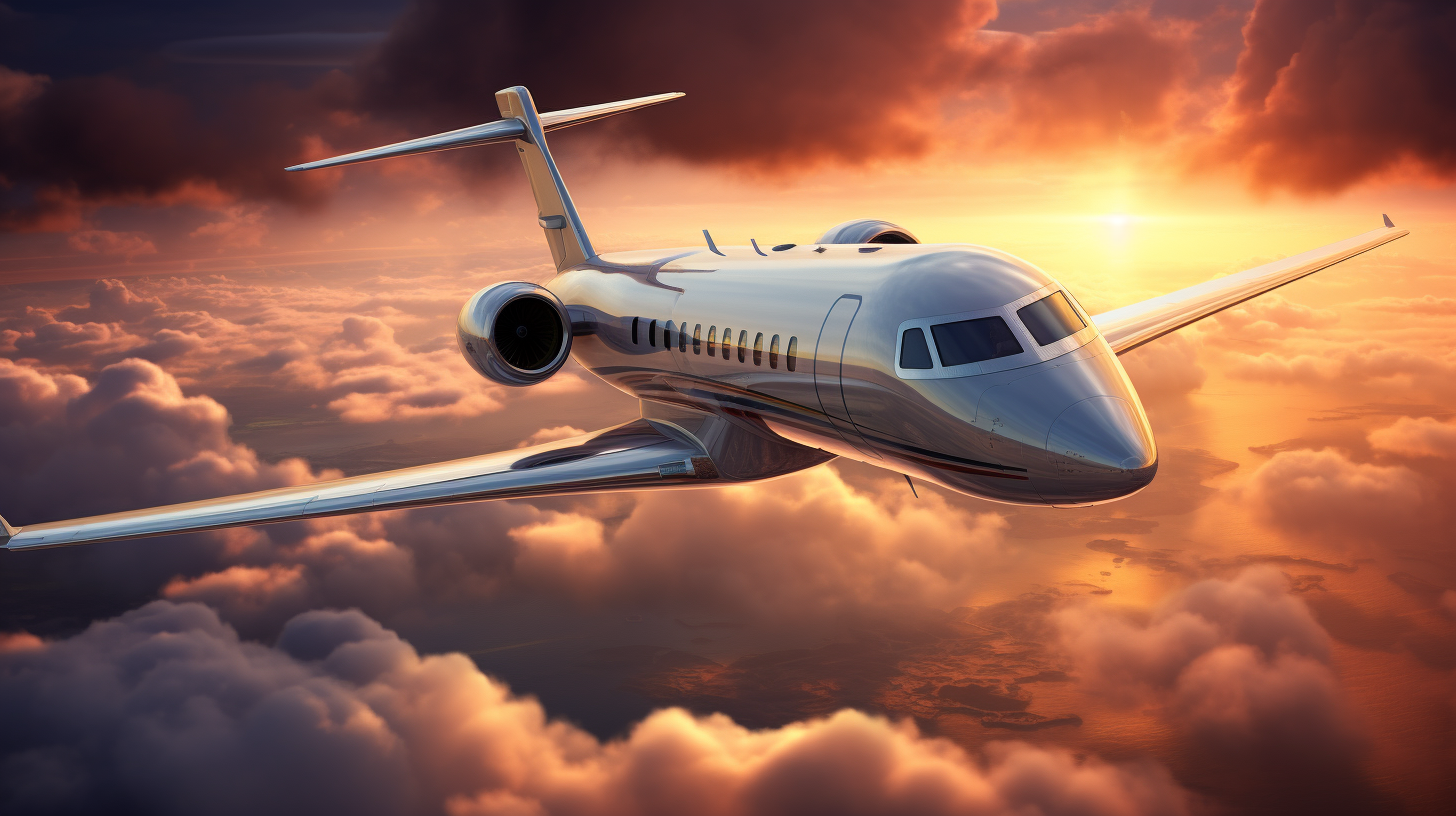
Empty legs
February 2, 2025
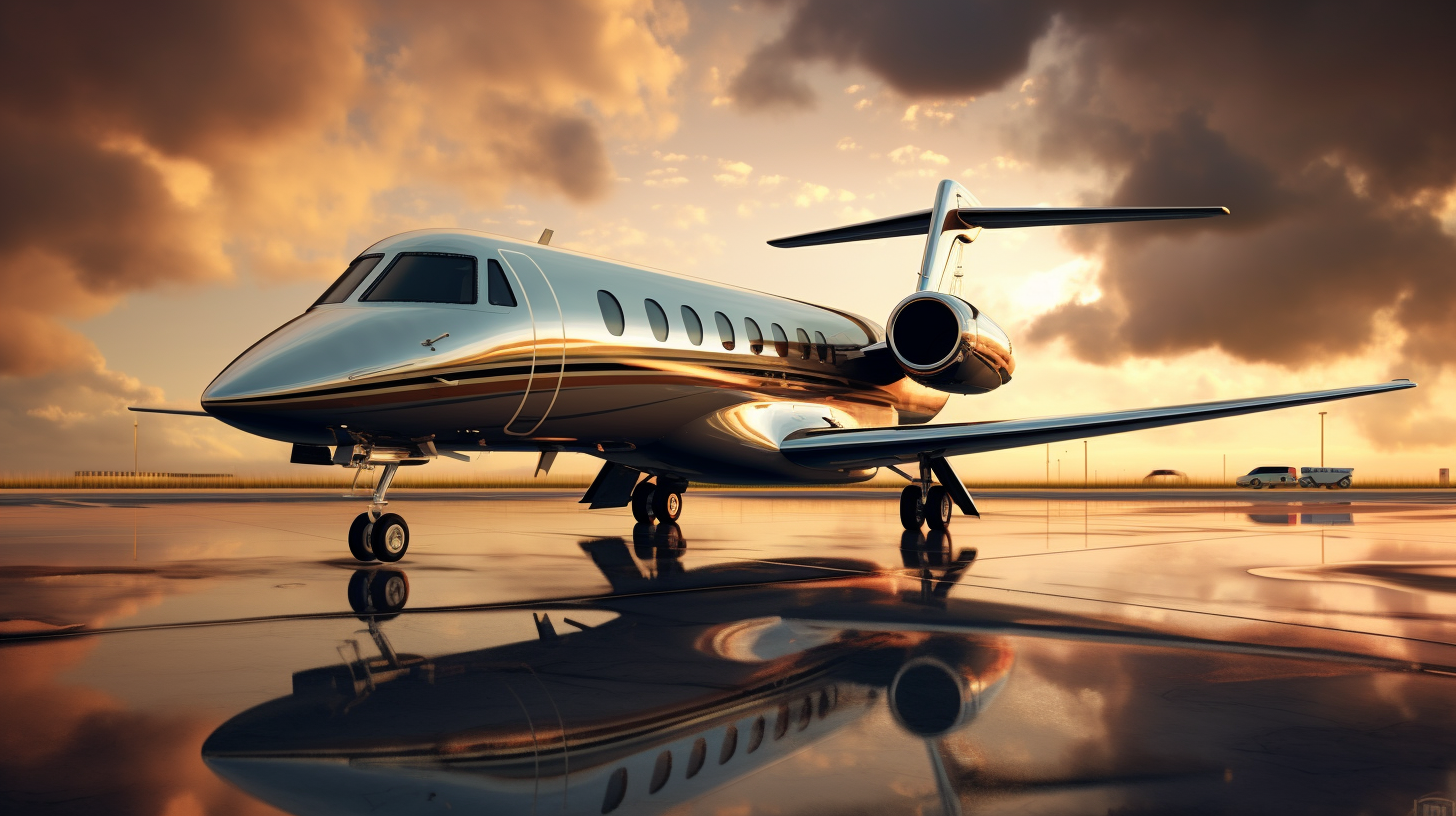
Empty legs
February 2, 2025

Empty legs
February 2, 2025